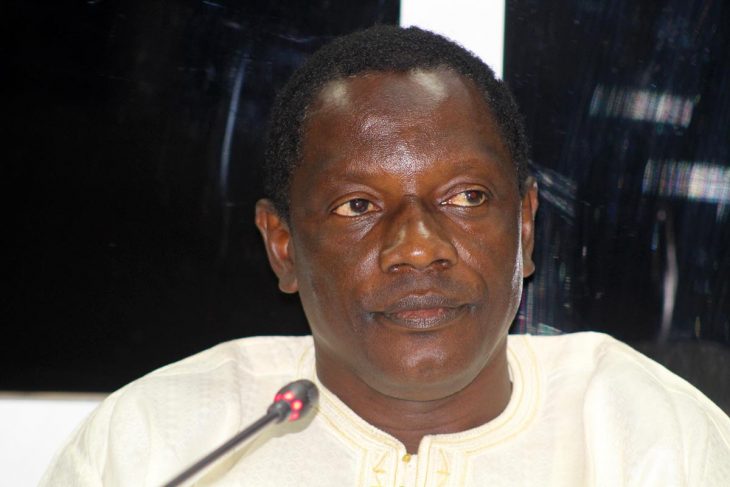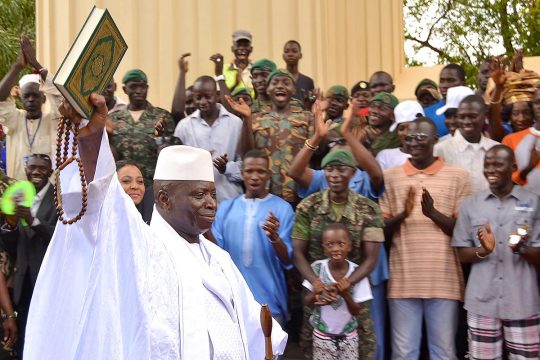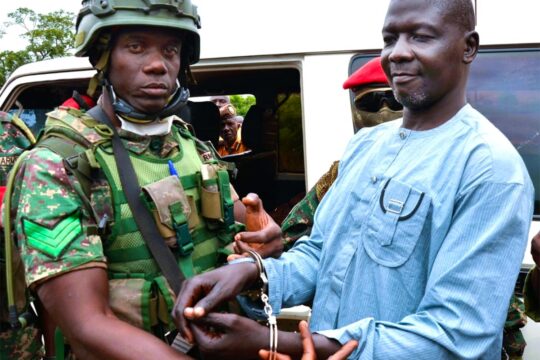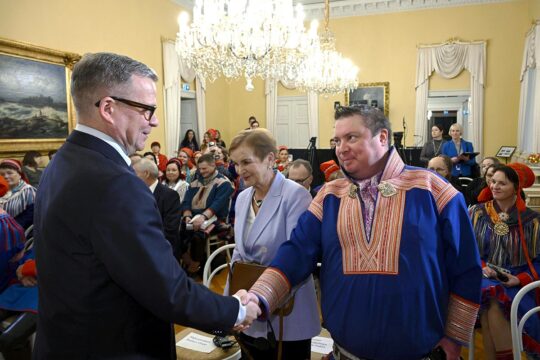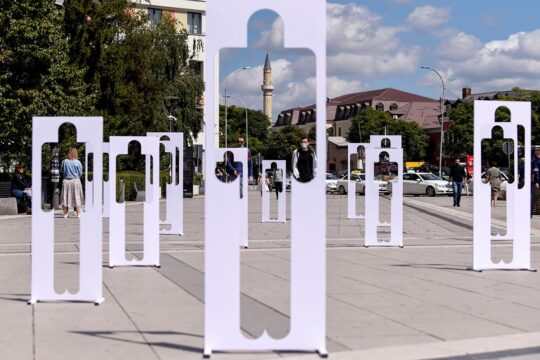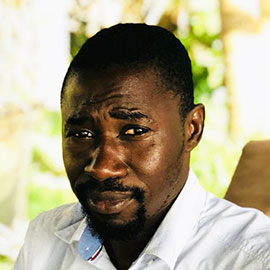On July 23, 2005, eight bodies who appeared to have been killed by blunt objects, with blood oozing out of their mouths and noses, were found by villagers in Brufut, in a forest near Ghana Town, some 45-minute drive from Banjul, Gambia’s capital city. Who these people were and who killed them at the time was privileged information known to only the top brass of the Gambia’s national intelligence agency, military, police and Yahya Jammeh’s presidential palace.
According to evidence now uncovered by the Truth, Reconciliation and Reparations Commission (TRRC), this was a state-sanctioned massacre, followed by a state-manufactured cover-up. More than 50 West African migrants, arrested a day before, had been executed in different locations by Gambia’s security agents.
One of the first persons to arrive at the scene was Gambia’s crime management coordinator Pa Amady Jallow. Jallow was not privy to the facts or circumstances of their death. “I was traumatized and confused as head of crimes in the country. I believed it was a massacre inside the forest,” Jallow told the TRRC on March 1. What the unsuspecting police officer did not know was that his boss, the Inspector General of the Police, all heads of security services and their commander-in-chief, President Yahya Jammeh, had an answer to his new crime puzzle. And they, the government, intended to keep it secret.
Removing the unknowing lead investigator
While at the crime scene with the police photographer, Jallow said that Inspector General of the Police Ousman Sonko – who is currently in pre-trial detention in Switzerland – arrived. “I suspect a foul play and it is barbaric”, Jallow told him. He would reiterate the same statement in an interview with the country’s leading newspaper at the time, the Daily Observer.
Jallow noticed that Sonko neither went to see the bodies nor did he ask about them or entered the crime scene. Sonko, in fact, was in the know. (He would become Minister of Internal Affairs the following year and would keep the position for ten years.) As established by previous witnesses before the Commission, Gambia’s authorities had the migrants killed. And now they were making sure to frustrate any effort to uncover the truth about the circumstances of their crime.
That began with taking the lead investigator off the case. Soon after Jallow had started a preliminary investigation, he got a word that he was transferred to traffic police where he was to serve as a commissioner. “I felt it was a conspiracy against me and immediately I was expecting a sack,” Jallow testified.
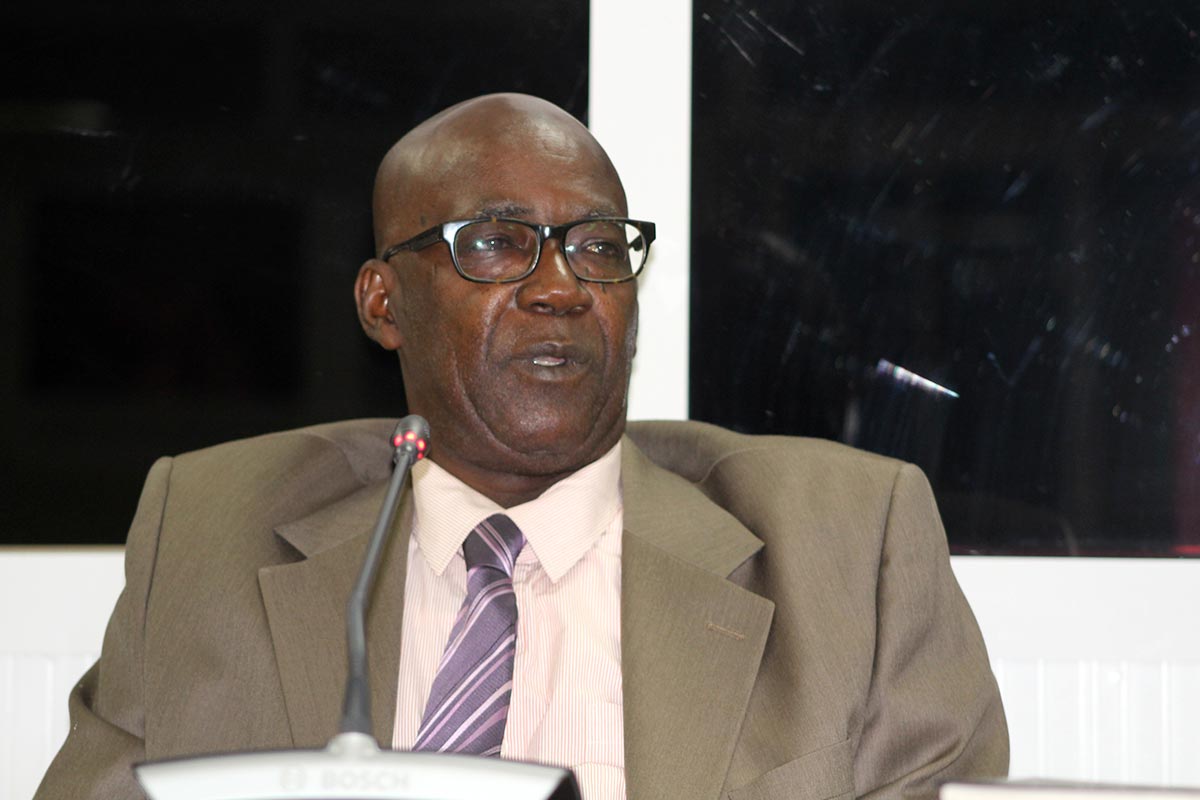
Only two original recordings of the arrests
From there, getting rid of physical evidence began. Baboucarr Bah was the assistant senior officer at the Barra police station, the first place where the migrants had been arrested and detained. Bah was the first to have had an encounter with the migrants and he had written down their names. He and his boss at the Barra police station, Abraham Jawara Demba, both confirmed before the TRRC last week that they arrested and transferred the migrants to the navy base in Banjul, a process which was facilitated by lead investigator of the National Intelligence Agency (NIA) Ousman Jallow, Gambian navy and soldiers from the State Guards.
At the police station, Bah made two copies of the names of the migrants, one of which was handed over to the TRRC by Ngorr Secka, the then head of operations at the NIA. He recorded 51 names, although evidence before the Commission suggests their number could be up to 67. The police also recorded the names into their diaries.
Knowing the massacre would be investigated, the authorities first decided to deal with these diaries. Last week, the TRRC invited the current Inspector General of Police Mamour Jobe to produce diaries of the police stations where the migrants had been detained. In the diary for Barra station, there was no recording from July 22 to 23 when the migrants were kept there. Records relating to the migrants at Brusubi police, Kairaba police, Navy Headquarters in Banjul and Paramilitary Headquarters in Kanifing had all disappeared.
The investigation has found only two original recordings of the names of the migrants. The one submitted by Secka and another by Lamin Cham, the current Deputy Superintendent of Police, who also appeared before the Commission last week. Back then, Cham was working with the police major crimes unit. The migrants cases had been scattered among different police stations. Cham took care of four of them. And like Secka, he had taken his records home to protect them from being destroyed. Cham’s recorded names also appear in Secka’s longer list.
The missing page in police diaries
“I received a call from [Barra station chief officer] Jawara Demba who said to me that Inspector General Ousman Sonko said [that I should] take [my] diary to him. When I got there [at Sonko’s office], he asked me to open the diary and go to 22 July and I did. He looked at the entries, only that page, and then closed it,” Bah recalled. “He told me to go and transfer all the entries in this diary to a new diary except the activities concerning these migrants.”
“But do you know he was asking you to falsify evidence?” asked TRRC lead counsel Essa Faal.
“Yes, exactly,” replied Bah.
“And did you know that was a crime?”
“Yes.”
“What did you feel when your Inspector General Ousman Sonko was asking you to commit a crime?”
“I felt very disappointed.”
According to Bah, his boss Jawara Demba, as well as Yankuba Sonko, Gambia’s current Interior Minister – who was then a senior police officer – were also complicit in the cover-up.
“The diaries were being copied,” said Faal.
“Yes, counsel,” replied Jawara Demba.
“And it was intended to cover-up the fact that the Ghanaians [had been] arrested in Barra.”
“At the time, I did not know that.”
“But why would anybody copy a diary for nothing?”
“Counsel, at the time I did not know that.”
“In fact, the IGP [Ousman Sonko] called you about this issue.”
“No, that is not true. The IGP never spoke to me directly.”
“Baboucarr Bah said he told you [upon his return to Barra station from Sonko’s office] that the diary needed to be changed and entries relating to the arrest of the migrants be removed. And you supervised him.”
“Yes, I supervised him.”
“All of you have agreed and removed the entries of the migrants in the diary. That was what happened?”
“Yes, counsel.”
“And the details of the migrants were not included in the new diary?”
“Yes.”
“And what happened to the original diary?”
“The diary was under the care of Baboucarr Bah. He told me that he was asked to take the diary to Banjul.”
“And did he take the diary to the IGP?”
“Yes, he did that.”
“And then the cover-up became complete?”
“Yes.”
Yankuba Sonko did admit that there was a government cover-up but denied any participation in it. He claimed he had nothing to do with the diaries. He also denied claims by Baboucarr Bah that he told him to take the UN investigators to a bar, got them drunk and gave them women. (In 2008, the United Nations and the Economic Community of West African States (ECOWAS) jointly investigated the migrants massacre. The 2009 joint report was never made public but according to the Bulletin of the UN Department of Public Affairs, it concluded that the government was not “directly or indirectly complicit” in the killings. It blamed rogue elements in Gambia’s security forces “acting on their own”.) “What [Baboucarr] Bah said is a lie,” Yankuba Sonko told the TRRC.
The creation of an alter truth
The government had an unspecified number of migrants killed, it had disappeared police diaries recording their names, misled the UN investigators, frustrated the Ghanaian and Nigerian inquiries. One thing was left to be done: creating their own truth.
Because there was a problem. And the name of the problem was Martin Kyere. Kyere was one of the Ghanaians migrants arrested but he had managed to escape and he went public about the killing upon his return to Ghana. (It is now known that at least four migrants have survived the massacre, all Ghanaians. Two, including Kyere, testified before the TRRC last week.)
Jammeh’s government couldn’t afford to have the world believe the story of Kyere. It gave the job of creating an alternative narrative to a team led by Malamin Ceesay, a police commissioner.
“Sir, I have nothing to hide here,” said Ceesay to Essa Faal on March 8.
“Since you have nothing to hide, let’s start with the fundamentals. It was a sham investigation. It was not intended to uncover the truth,” said the lead counsel.
“Well, unless I explain to you before we reach to the conclusion that it was a sham investigation…”
“Was it a genuine investigation intended to uncover the truth?”
“Sir, unless I lay down the evidence, then from there we will reach to that…”
“Answer my question. Was it a genuine investigation? You are a police commissioner and you should know that.”
“It is difficult to tell…”
“If you cannot tell whether an investigation was genuine, then it was false. Tell us the truth. Was the investigation intended to uncover the truth or was it designed to cover-up for the government?”
“I don’t think we were trying to cover-up for the government…”
“But isn’t the killing of Ghanaians covered up?”
“It was a big cover-up… by the state agents responsible.” “And you were used to put out the falsehood on behalf of the government as the truth independently verified. They used you to get a report out there, suggesting that your findings were true when they were a lie.”
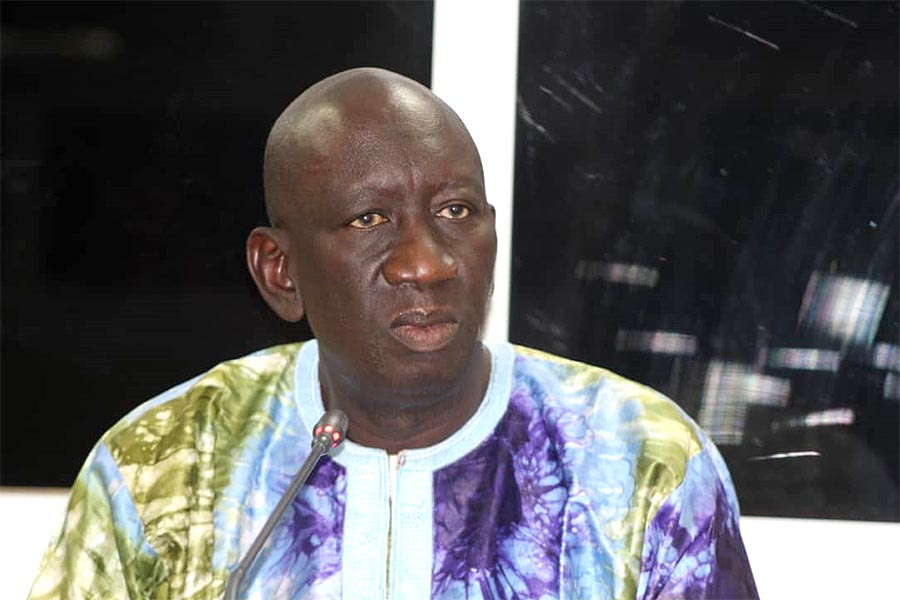
Ceesay stopped, kept quiet for few seconds as the lead counsel waded through his papers. Among Faal’s ammunition was Ceesay’s own investigation report. Ceesay and his colleagues had claimed they could not establish the nationality of the migrants.
“This is a lie,” said Essa Faal.
“Yes, that is true…”
“Exactly, your report was a lie. At this time, you even had Ghanaians in your custody. If you had intended to identify the remains, you would have taken them to the mortuary to identify the remains.”
The report stated that “there [was] no evidence to support Martin Kyere’s claim that arrests and detentions were made at Barra.”
“But this is another blatant lie,” said Faal.
“Okay,” replied Ceesay, appearing disoriented now.
“And you all knew it was a lie. The government wanted to disappear all traces of the Ghanaians. That was why this huge lie was made. Be truthful because this is a serious transgression.”
“This was a panel investigations report. I was not present during the arrest.”
“All of you who have signed this document, you have decided to lie. That is the truth, isn’t it?”
“Yes.”
“These Ghanaians were arrested in Barra and all of you knew that. You knew they were arrested in Barra,” said Faal.
“Yes, I was told.”
“Why did you sign a report which said they were not?”
“I agree with you…”
The TRRC lead counsel extracted one lie after another from Ceesay’s report. And at some point, Ceesay was merely nodding. The facts against him were overwhelming and his report’s conclusions were embarrassing. Faal leaned back looking at the witness, now subdued.
“How do you feel that over 50 West African migrants have been killed in this country and you were given the responsibility to investigate it and you came up with this whitewash document?” he said.
“I take the full responsibility,” Ceesay replied.
A former Interior Minister partial admission
In July 2005, Babucarr Jatta, a brother of Malick Jatta, one of Jammeh’s hitmen, was the Interior Minister. He denied participation in the cover-up and claimed he had asked Inspector General Ousman Sonko to investigate but that he didn’t.
“The government had a deliberate policy of silence and misinformation when it came to the killing of the Ghanaians,” said counsel Faal.
“From all indications, yes,” replied Jatta.
“Your department [police, immigration and anti-narcotic agency are all under the authority of the Interior Minister] which was supposed to investigate failed completely to [do so].”
“Yes.”
“Not only that. They made deliberate efforts to destroy and distort documents.”
“The NIA, the police or [Ministry of Interior]?”
“All levels.”
“It could be…” Jatta admitted half-heartedly.


